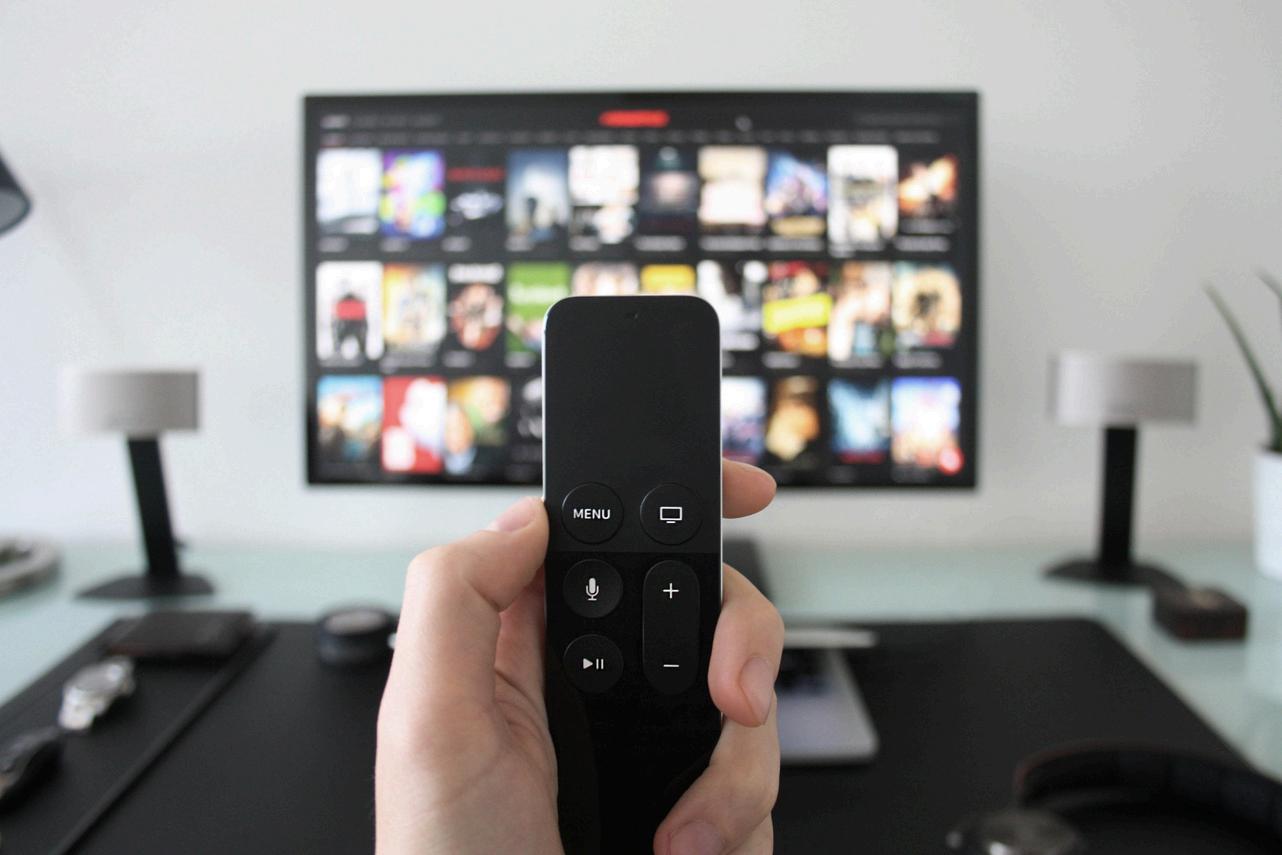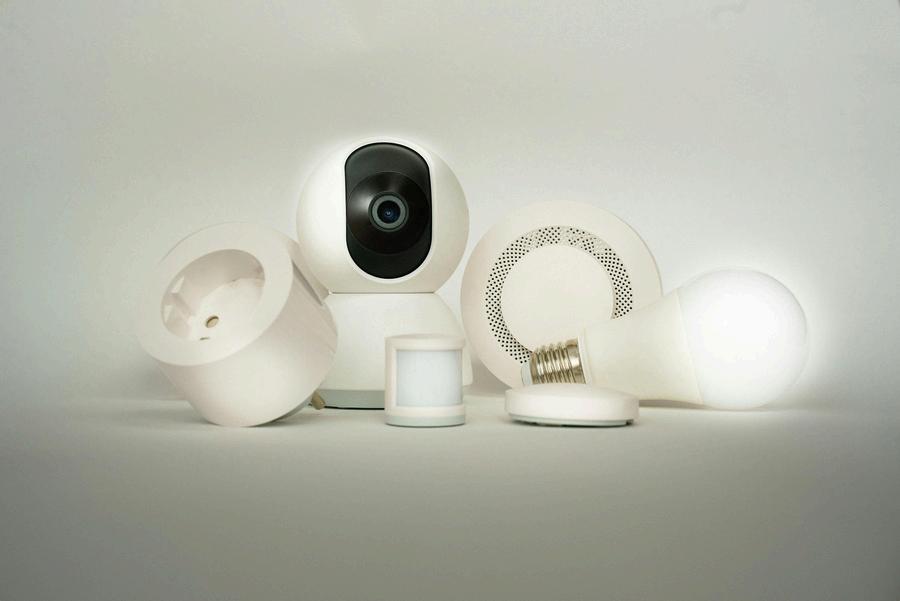Though Sparks
THE GREAT PRODUCTIVITY PARADOX:

Why is Smart Living Important?
Increased productivity Save time and energy Improve quality of life

Since the days of Adam Smith, we have credited rising living standards with an improvement in productivity, typically manufacturing productivity. But as we are on the cusp of a revolution in digital, intelligent work, perhaps we need a new way of conceiving of productivity, particularly as it relates to the things that can’t necessarily be popped into an input/output equation.
All the way back in 1776, Adam Smith in The Wealth of Nations established many of the assumptions we simply take for granted in economic logic. Among his more exciting arguments was that through the mechanism of the “invisible hand,” participants in capitalist systems can generate benefits for others by acting in their own self-interest. He also offers an interesting distinction between productive and unproductive labor. Productivity expert Scott Young notes that “Productive labor, according to Smith, was any work which fixed itself in a tangible object.
From pins to AI, the missing role of ingenuity in our understanding of productivity

Are our most important jobs the most unproductive?
Ironically, by Smith’s own definition, many of the most important jobs in any society – teaching, providing healthcare, looking after children – are unproductive. They are also subject to increasing costs due to something called the “Baumol effect” after the late economist William Baumol. He found that even though doctors, professors, and symphony artists were no more “productive” over time (it still takes 4 musicians 40 minutes to play Mozart, for instance), that their wages nonetheless went up.
Teaching

Providing Health care Children entratainement


The Golden Age Vision

Economist Carlota Perez offers a compelling framework for understanding this paradox through her concept of technological revolutions and golden ages. Perez traces five boom-and-bust cycles of technological innovation spanning the past three centuries, each following a similar pattern of installation, crisis, and eventual golden age deployment. The Victorian boom, the Belle Époque, and the post-war golden age all shared a common characteristic: they weren't just periods of economic growth, but eras when societies found ways to deploy their technological capabilities in service of broader human flourishing.
The AI Opportunity
Here's where artificial intelligence presents a fascinating possibility. Unlike previous technological revolutions that primarily automated physical labor, AI has the potential to automate cognitive functions across service sectors, potentially freeing human capacity for precisely the kinds of activities we struggle to measure.
system



The Inflection Point

As Perez notes, "the sociopolitical form we give to technology will define whether we enter a golden age". The choice isn't predetermined. We could use AI to create a hyper-quantified society where every human interaction is optimized for measurable outcomes. Or we could deploy it to create the abundance and efficiency that enables a flourishing of precisely those unmeasurable aspects of human experience that make life worth living.

Toward a golden age?
Include cultural vitality
Community engagement
Creative output

For leaders navigating this transition, the challenge is learning to hold two seemingly contradictory truths: we must continue to drive measurable productivity improvements while simultaneously creating space for the immeasurable aspects of human flourishing that define golden ages.
Want to spark some thinking in your own organization?





https://thoughtsparks.substack.com/
